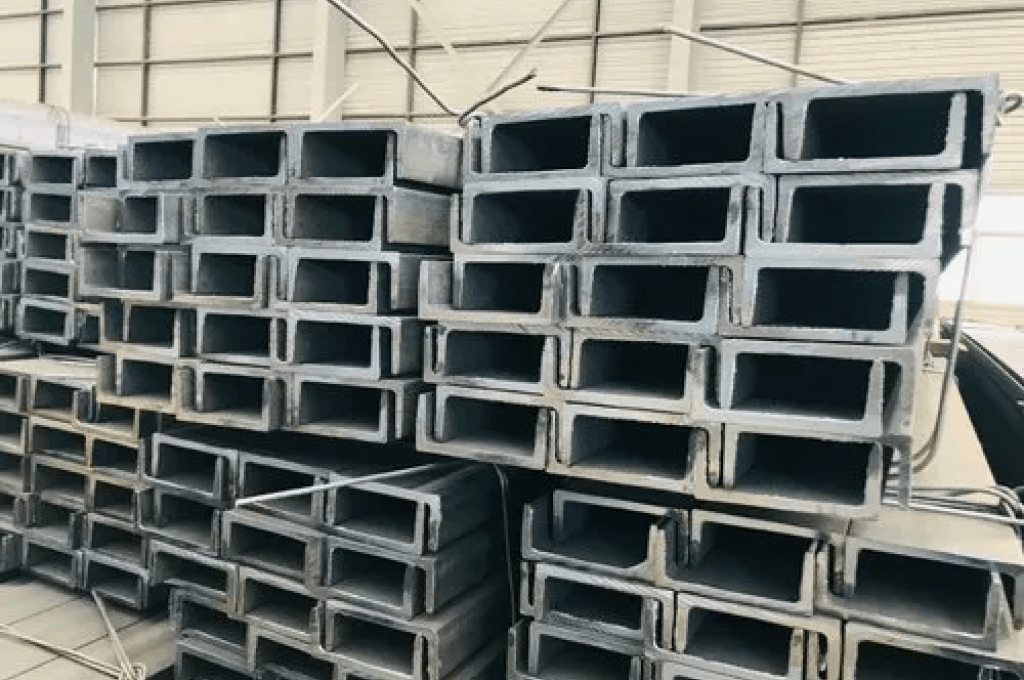
MS CHANNEL
Brands
- JSW
- TATA
- JINDAL
- ISI
- SAIL - STEEL AUTHORITY OF INDIA
- APOLLO
- & Many More
Channel sections are C-shaped steel bars used for structural support, especially in beams and columns.
Channels in Construction: Enhancing Structural Support and Versatility
Channels are integral components in construction projects, providing structural support, versatility, and design flexibility. Let’s delve into the various types of channels, their properties, applications, and the advantages they offer in building projects.
Introduction to Channels in Construction
Channels, also known as structural steel channels, are C-shaped or U-shaped profiles used in construction for framing, bracing, and support applications. They play a crucial role in providing strength and stability to buildings, bridges, and infrastructure.
Types of Channels and Their Applications
C-Channels
C-Channels, also called “C beams,” have a C-shaped cross-section and are commonly used in structural framing, supports, and reinforcements.
U-Channels
U-Channels, also known as “U beams,” have a U-shaped cross-section and are widely utilized in building frames, roof trusses, and industrial applications.
Hat Channels
Hat Channels, resembling the shape of a hat, are used for ceiling installations, drywall framing, and partition systems.
Z-Channels
Z-Channels, with a Z-shaped profile, are suitable for edge protection, framing around openings, and structural connections.
Properties and Characteristics of Channels
Channels exhibit properties such as high tensile strength, resistance to bending and torsion, and ease of fabrication, making them ideal for structural applications requiring load-bearing capacity and stability.
Advantages of Using Channels in Structural Engineering
- Versatile design options for different structural configurations
- Efficient load-bearing capacity and support for heavy loads
- Corrosion-resistant coatings for durability in various environments
- Easy integration with other structural components for seamless construction
Considerations When Selecting Channels for Construction Projects
When selecting channels for construction projects, factors such as load-bearing capacity, corrosion resistance, installation flexibility, and compatibility with other materials must be considered to ensure optimal performance and longevity.
Welding and Fastening Techniques for Channels
Channels can be joined using welding techniques such as arc welding, MIG welding, or spot welding. Additionally, fastening methods like bolts, screws, and rivets are used for secure connections.
Emerging Trends in Channels: Innovations and Future Outlook
Stay informed about emerging trends in channels, such as advancements in material technology, sustainable channel profiles, and digital integration for enhanced structural analysis and design optimization.
Enhancing Structural Support and Versatility with Channels
Channels play a vital role in enhancing structural support, versatility, and design flexibility in construction projects. By leveraging the right types of channels and application techniques, builders can achieve superior structural performance, durability, and architectural excellence


